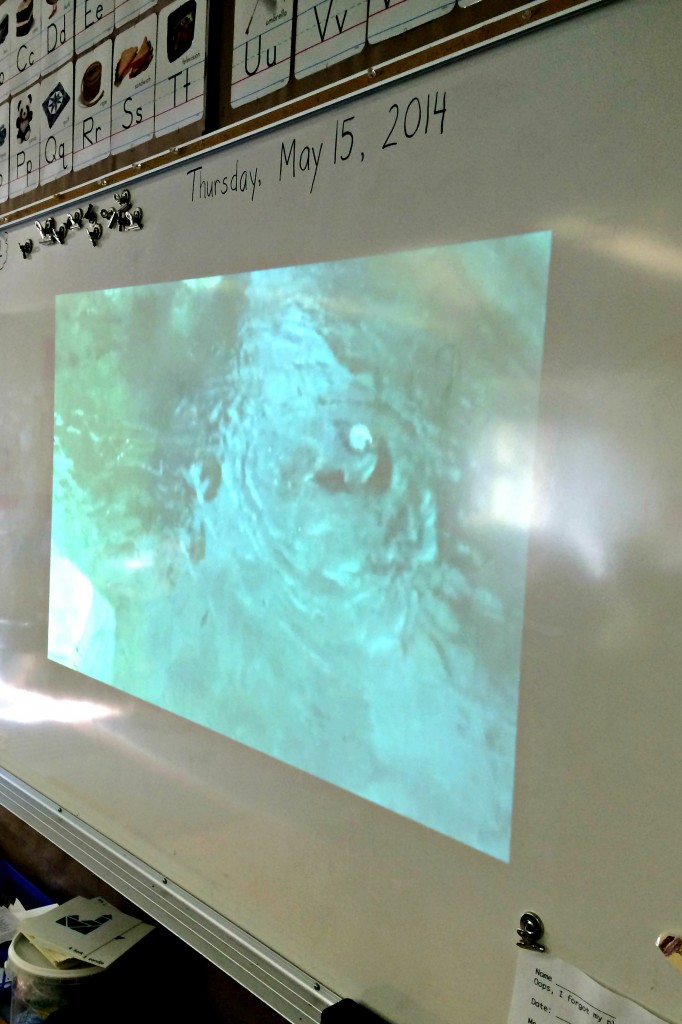Inquiry
As a teacher candidate, I recognize inquiry as an ongoing reflective process that can be used to critically examine my practice. I used the inquiry model to explore how technology supports literacy learning in the primary classroom as well to identify the effective use of technological devices in this context.
Contemporary Classrooms
Literacy has been redefined in response to digital technology (Burnett, 2009). In particular, literacy and language learning have become increasingly social as technologies are integrated into the curriculum (Forzani & Leu, 2012). Several classrooms are moving away from a knowledge-transfer method of teaching in favour of an active approach to learning where students co-create knowledge.
Technology as Literacy Support
A particular strength of technology-supported language learning is its allowance for differentiation. Providing choice through technology to English Language Learners (ELL) in how they learn and share their understanding allows for their meaningful participation and success in literacy-based activities.
One of the primary strands of literacy is the ability to read and comprehend texts. Technology provides greater access to diverse texts from different sources (Burnett, 2009). Specifically, resources like TumbleBooks and FollettShelf provide online access to several popular picture books, graphic novels, and novels. While these applications should not replace hardcopy books in the classroom, they may be useful for students who are searching for texts on particular topics, at lower or advanced reading levels, or from a specific series.
In my practice, I use document cameras to provide visual support for ELL students and facilitate their development of important reading strategies and English vocabulary. Conducting a read-aloud using the document camera allows learners to follow the text and images as it is read. This accessibility advances ELL students’ comprehension by providing contextual and visual clues for what they are hearing as well as by modelling effective reading strategies they can extend to other texts.
Next steps…
